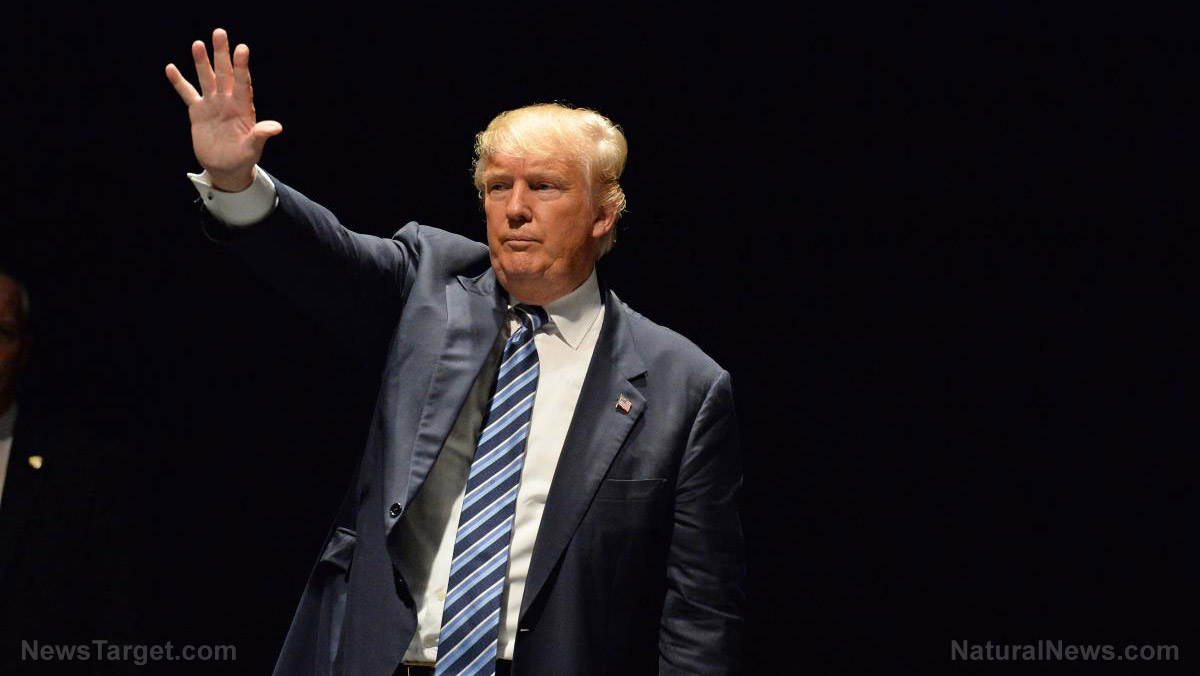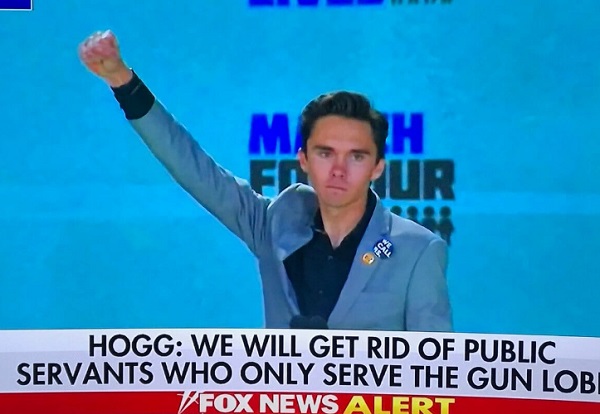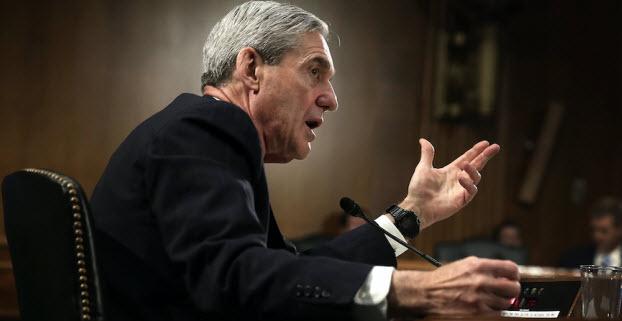Illinois lawmakers now actively seeking to seize all firearms from private citizens across the entire state … Run-up to citizens’ REVOLT?
04/13/2016 / By newstarget

Is the Illinois state legislature attempting to foment a revolt among state citizens? Because that’s precisely what may happen if lawmakers who have introduced a proposal recently to grab guns, succeed.
As reported by The New American in late December, a recently introduced resolution in the state legislature is a grave and direct threat to the Second Amendment’s recognition of the inalienable right to keep and bear arms for self-defense. The non-binding measure is just the beginning, however; it may be “non-binding” right now, but it certainly signals the intent of approving lawmakers that they have no respect for their citizens’ constitutional rights.
House Resolution 855 urges “the courts, especially the U.S. Supreme Court, to adhere to the clear wording of the Second Amendment being a right to state sponsored militias and not individuals.” The high court has already ruled on this, but more on that in a moment.
How can a Supreme Court justice be so wrong about a fundamental constitutional right?
The resolution’s text contains a section of the dissent to the high court’s District of Columbia v. Heller ruling by Justice John Paul Stevens, which was issued in 2008:
The Second Amendment was adopted to protect the right of the people of each of the several States to maintain a well-regulated militia. It was a response to concerns raised during ratification of the Constitution that the power of Congress to disarm the state militias and create a national standing army posed an intolerable threat to the sovereignty of the several States.
Neither the text of the Amendment nor the arguments advanced by its proponents evidenced the slightest interest in limiting any legislature’s authority to regulate private civilian uses of firearms. Specifically, there is no indication that the Framers of the Amendment intended to enshrine the common-law right of self-defense in the Constitution.
[A majority of the court found otherwise – that the Second Amendment does indeed establish an individual right to “keep and bear arms” that cannot be “infringed.”]
As further reported by The New American, “The author of the Illinois resolution has built his measure on the weakest foundation: a misstatement of the Founders’ intent regarding the Second Amendment, its application to individuals, its support of self-defense, and the role of the militia.”
And indeed, it is the weakest portion of the Second Amendment, but an important provision nonetheless.
Stevens is correct, in that the founders were fearful of a power federal standing army, but only partially so regarding the portion of the Second Amendment pertaining to a “well-regulated militia.” As noted in legal research by scholar and attorney Daniel J. Schulz, a Second Amendment expert:
“The words ‘well regulated’ had a far different meaning at the time the Second Amendment was drafted. In the context of the Constitution’s provisions for Congressional power over certain aspects of the militia, and in the context of the Framers’ definition of ‘militia,’ government regulation was not the intended meaning.”
The framers’ intent on the 2nd Amendment is clear
To back up his assertion, Schulz cites one of our founders and early presidents, Thomas Jefferson, who wrote in an 1823 letter to William Johnson[1]:
On every question of construction [of the Constitution] let us carry ourselves back to the time when the Constitution was adopted, recollect the spirit manifested in the debates, and instead of trying what meaning may be squeezed out of the text, or invented against it, conform to the probable one in which it was passed.
Also, in context of the times when the founding document was ratified, the founders made clear that “the right of the people to keep and bear arms” was exactly what needed to be protected. And to the militia in particular, George Mason, at the Virginia Ratififying Convention in June 1778, said, “I ask, Sir, what is the militia? It is the whole people. To disarm the people is the best and most effectual way to enslave them.” [Emphasis added]
The Illinois resolution is nothing more than liberal Marxists once again pursuing an agenda to “enslave” the citizenry, as it is quite clear what the founders intended when they proposed, and states ratified, the Second Amendment.
Sources:
[1] Thomas Jefferson, letter to William Johnson, June 12, 1823, The Complete Jefferson, p. 32.
Tagged Under:




















